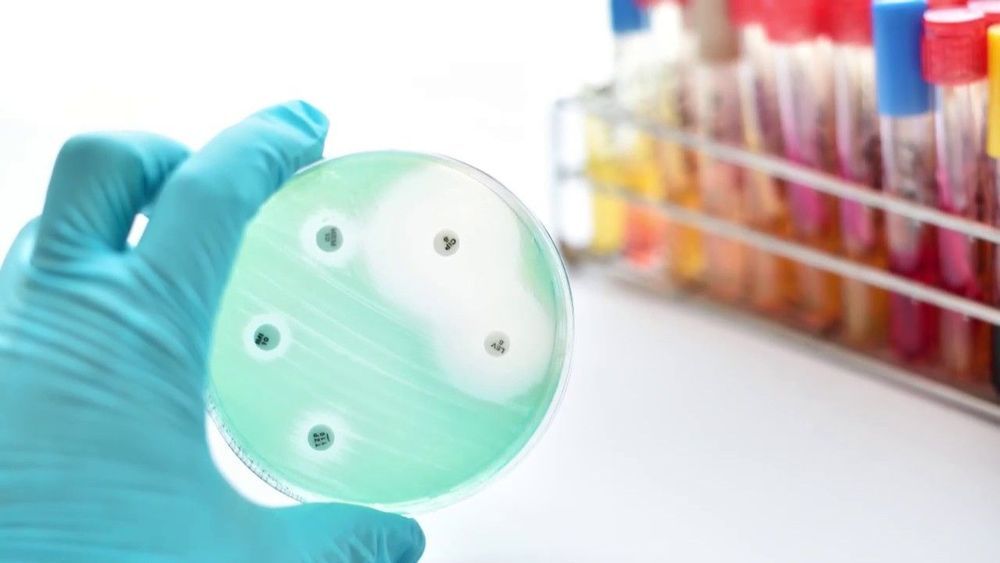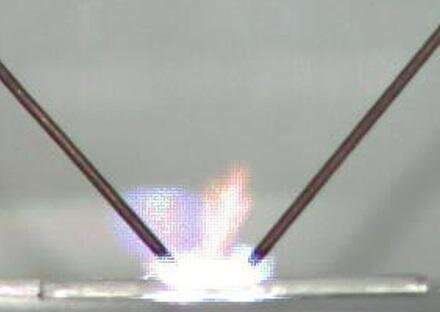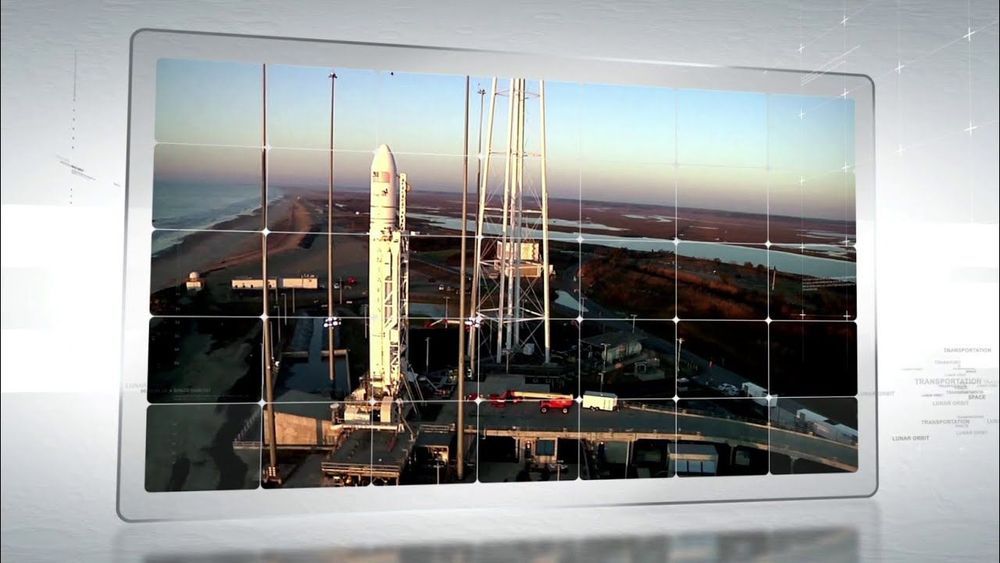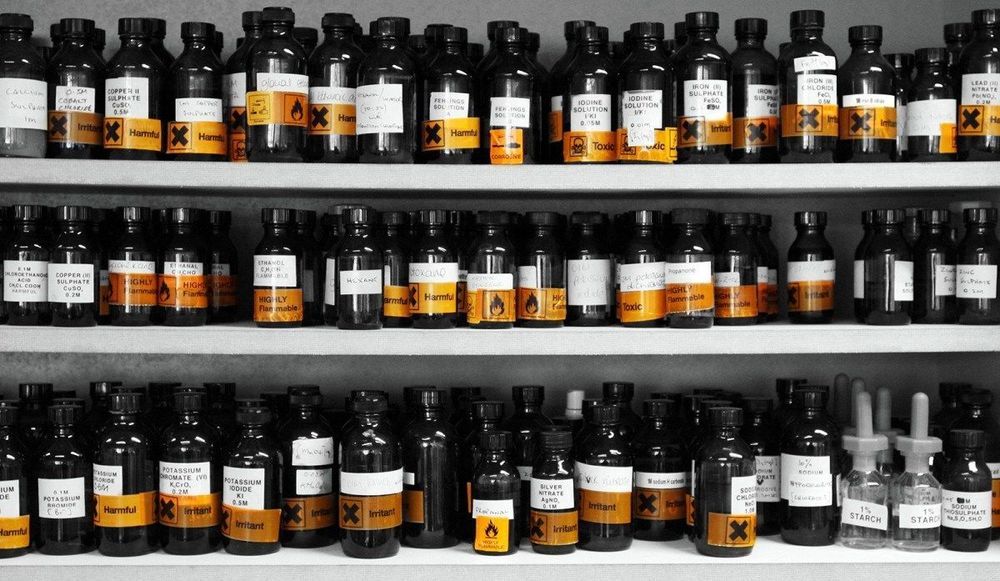Category: health

AI-powered ‘knowledge engine’ a game-changer for antibiotic resistance
A groundbreaking project to tackle one of the world’s most pressing and complex health challenges—antimicrobial resistance (AMR)—has secured a $1 million boost. UTS will lead a consortium of 26 researchers from 14 organisations in the development of an AMR ‘knowledge engine’ capable of predicting outbreaks and informing interventions, supported by a grant from the Medical Research Future Fund.
“AMR is not a simple problem confined to health and hospital settings,” explains project Chief Investigator, UTS Professor of Infectious Disease Steven Djordjevic. “Our pets and livestock rely on many of these same medicines, so they find their way into the food chain and into the environment through animal faeces.”
If left unchecked, AMR is forecast to cause 10 million deaths annually by 2050, and add a US$100 trillion burden to health systems worldwide.

Clean and effective electronic waste recycling
As the number of electronics devices increases around the world, finding effective methods of recycling electronic waste (e-waste) is a growing concern. About 50 million tons of e-waste is generated each year and only 20% of that is recycled. Most of the remaining 80% ends up in a landfill where it can become an environmental problem. Currently, e-waste recycling involves mechanical crushers and chemical baths, which are expensive, and manual labor, which can cause significant health and environmental problems when not performed properly. Thus, researchers from Kumamoto University, Japan have been using pulsed power (pulsed electric discharges) to develop a cleaner and more efficient recycling method.
Pulsed power has been shown to be successful in processing various waste materials, from concrete to waste water. To test its ability to be used in e-waste recycling, researchers examined its effectiveness in separating components found in one of the most prolific types of e-waste, CD ROMs. In previous work, they showed that complete separation of metal from plastic occurred using 30 pulses at about 35 J/pulse (At the current price of electricity in Tokyo, this amount of energy costs about 0.4 Yen for recycling 100 CD ROMs). To examine the mechanism of material separation using this method, researchers performed further analyses by observing the plasma discharge with a high-speed camera, by taking schlieren visualizations to assess the shock wave, and using shadowgraph images to measure fragment motion.
Images at the early stage of electrical discharge showed two distinct light emissions: blue-white and orange. These indicated excitation of aluminum and upper protective plastic materials respectively. After the plasma dissipated, fragments of metal and plastic could be seen flying away from the CD ROM sample.

Surprising research result: All immature cells can develop into stem cells
A sensational new study conducted at the University of Copenhagen disproves traditional knowledge of stem cell development. The study reveals that the destiny of intestinal cells is not predetermined, but instead determined by the cells’ surroundings. The new knowledge may make it easier to manipulate stem cells for stem cell therapy. The results have been published in Nature.
All cells in the foetal gut have the potential to develop into stem cells, a new study conducted at the Faculty of Health and Medical Sciences at the University of Copenhagen concludes. The researchers behind the study have discovered that the development of immature intestinal cells—contrary to previous assumptions—is not predetermined, but affected by the cells’ immediate surroundings in the intestines. This discovery may ease the path to effective stem cell therapy, says Associate Professor Kim Jensen from the Biotech Research & Innovation Centre (BRIC) and the Novo Nordisk Foundation Center for Stem Cell Biology (DanStem).
“We used to believe that a cell’s potential for becoming a stem cell was predetermined, but our new results show that all immature cells have the same probability for becoming stem cells in the fully developed organ. In principle, it is simply a matter of being in the right place at the right time. Here signals from the cells’ surroundings determine their fate. If we are able to identify the signals that are necessary for the immature cell to develop into a stem cell, it will be easier for us to manipulate cells in the wanted direction.”

New York’s First Proton Therapy Center to Open in July
New York City is set to get a new radiation-treatment center, nearly a decade in the making, that uses proton beams to treat cancerous tumors.
Called the New York Proton Center, it is a for-profit partnership of Memorial Sloan Kettering Cancer Center, Montefiore Health System and Mount Sinai Health System, managed by the ProHEALTH company. Financing for the center was provided in part by the hospitals.
Item”].

Eyes in the sky project will show power plant pollution marks
Air pollution is responsible for millions of deaths every year, worldwide. According to a State of Global Air report, air pollution is the fifth greatest global mortality risk.
“Air pollution is the fifth highest cause of death among all health risks, ranking just below smoking; each year, more people die from air pollution related disease than from road traffic injuries or malaria.”
No wonder, then, that when Google.org issued an open call to organizations around the world to submit ideas for how they could use AI for societal challenges, Google chose one of the 20 winning organizations as one that was out to address pollution.

Scientists Say They’ve Created a Smartphone App That Can Hear Ear Infections
Wondering if your kid is dealing with an ear infection? Soon, according to researchers at the University of Washington, there’ll be an app for that. They claim to have created a simple test that uses a smartphone and folded up paper to detect one of the telltale signs of infection—fluid in the ears—with about the same or greater accuracy as a doctor.
Ear infections are one of the first health problems people tend to experience. By the age of three, most everyone has had at least one ear infection. These infections often cause fluid build-up in the ear, as can another condition called otitis media with effusion (OME). But though most infections or cases of OME go away on their own, too much or chronic fluid can cause pain or even severe complications like hearing loss.

NASA, Northrop Grumman finish testing cislunar habitat mockup
As Northrop Grumman’s NG-11 Cygnus spacecraft flew high above in low Earth orbit, NASA astronauts at the Johnson Space Center recently completed testing and evaluation of the company’s Earth-based full-scale cislunar habitat mockup.
Designed to test the ergonomics, feature layout and functional compatibility with basic “day-in-the-life” astronaut tasks for potential long-term use as a part of the future Lunar Gateway in cislunar space, the habitat mockup necessarily incorporated all core elements that would eventually be needed by a four-person Orion crew: sleep stations, a galley, crew exercise equipment and of course accommodations for science, a robotics workstations and life support systems.

Chemical mixtures pose ‘underestimated’ risk to human health say scientists
This year, the European Union heavily restricted four types of phthalates in consumer products because of their possible health effects. Phthalates are plasticisers, ubiquitous chemicals that soften plastics in many consumer products. They are present in food wrappings, clothes, packaging, car parts, cosmetics and fragrances.
Over time, these plasticisers end up in the air, soil, water, food and household dust. They can also end up in our bodies. This is worrying because they are implicated in reproductive abnormalities in mammals. Studies of people have linked plasticisers to sperm damage, lower fertility, early puberty in girls and thyroid effects. The phthalates will be now legally be restricted to 0.1% in weight in articles used by consumers or in outdoor areas.
But scientists are increasingly concerned not just about single chemicals, which are found in people’s bodies at levels that are usually not toxic, but about what happens to toxicity when these chemicals mix.